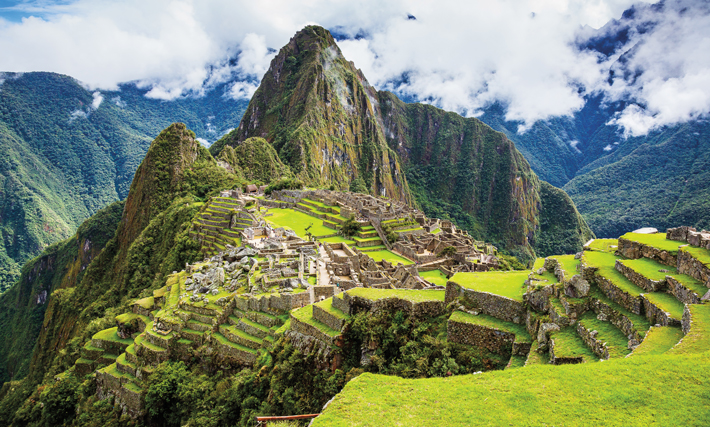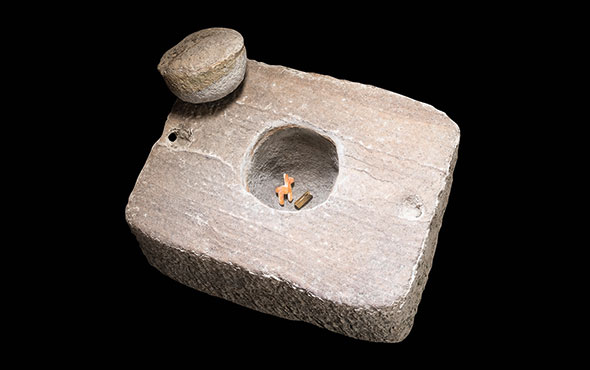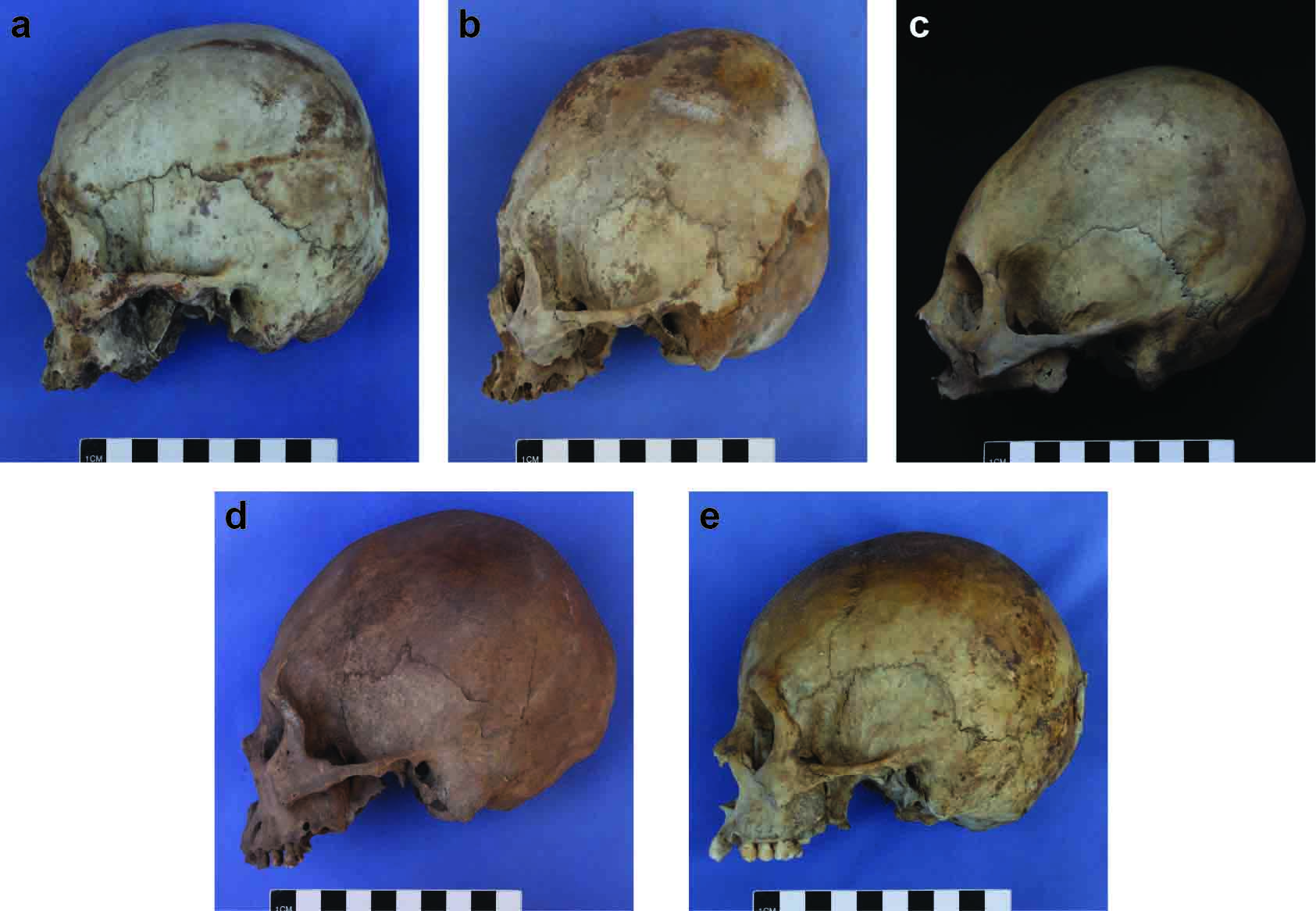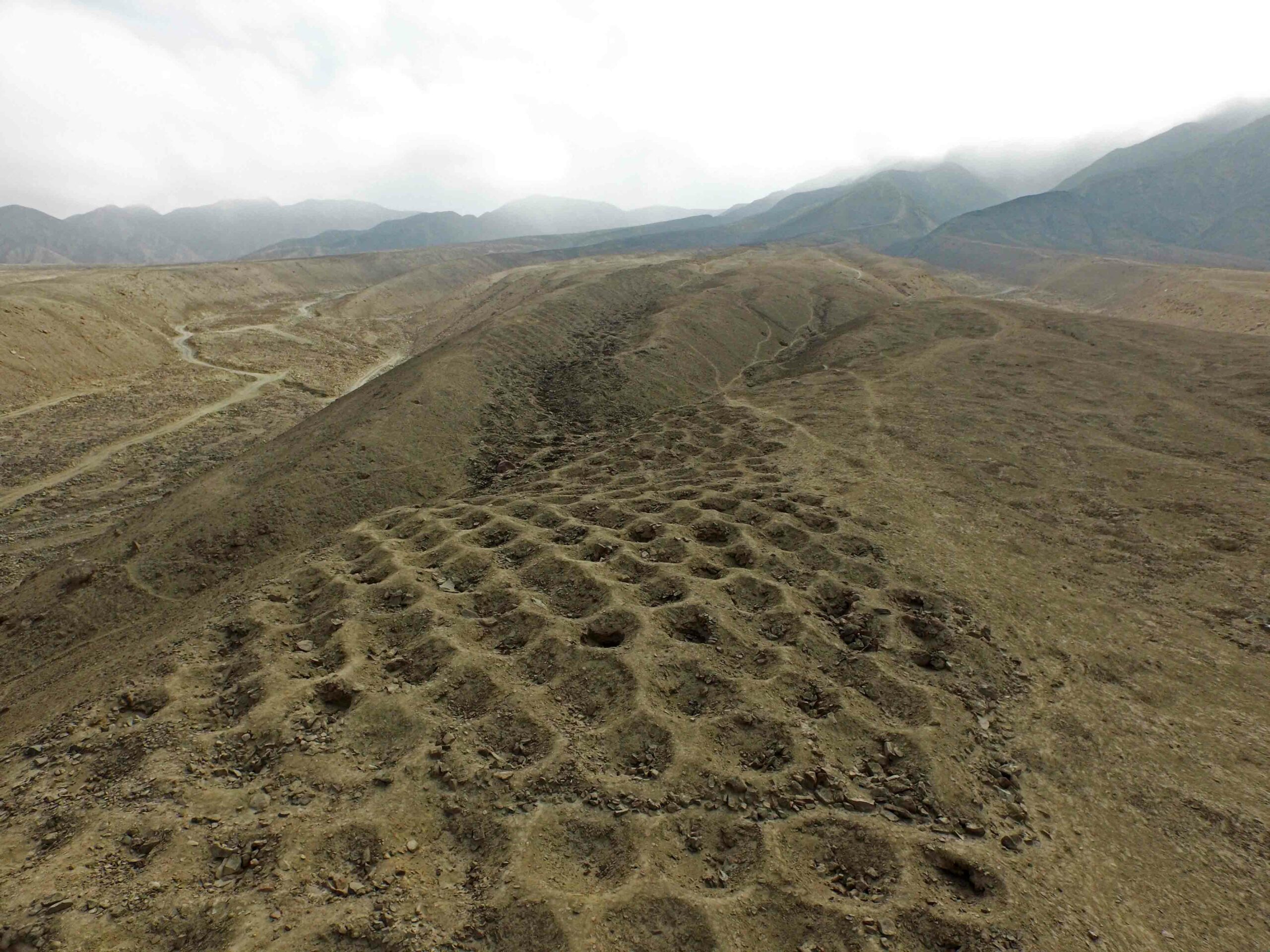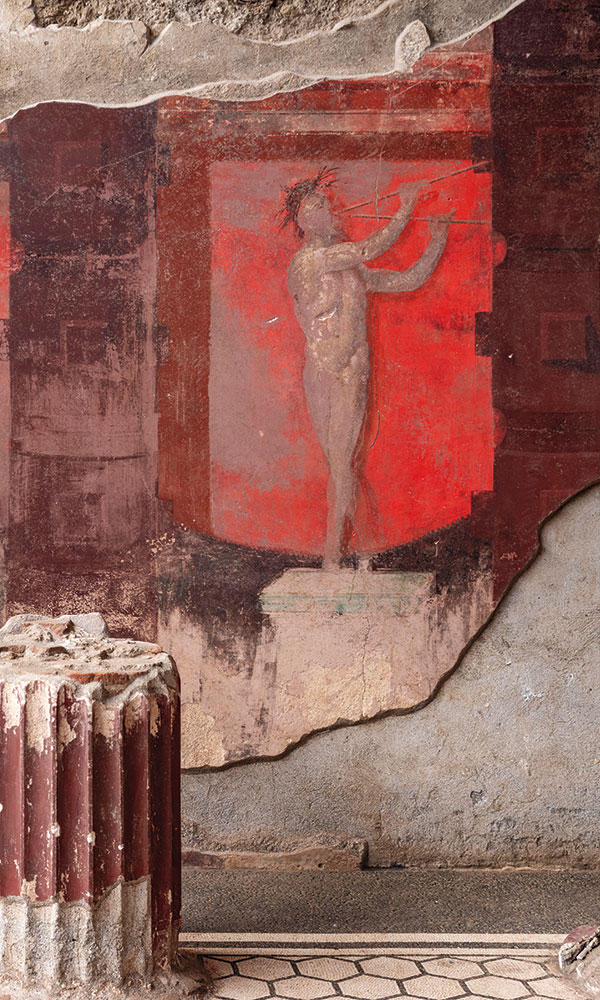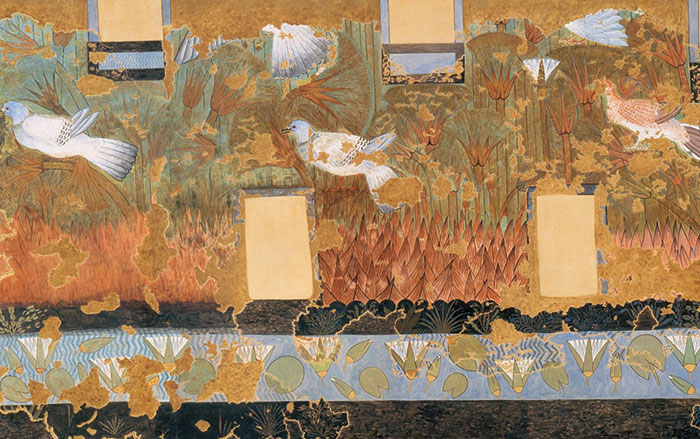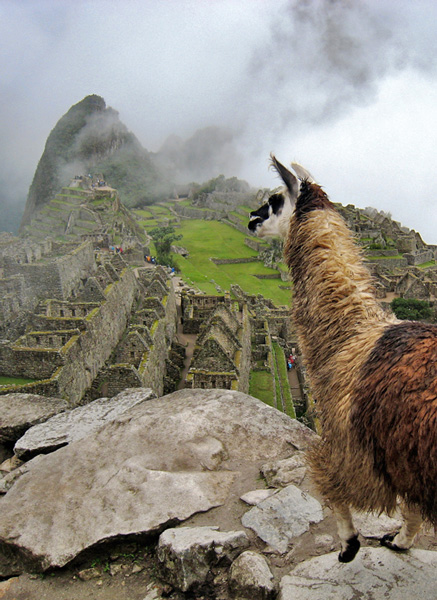
PERU: In Lake Marcacocha, scientists have discovered a key to the rise of Inca civilization: llama dung. In lake sediments, maize pollen appears around 2,700 years ago, along with a rise in mites that feed on animal dung—coinciding with the earliest stages of Andean chiefdoms. The fertilizer would have been important for the cultivation of maize at high altitude, which led to food surpluses that helped fuel
complex societies.


